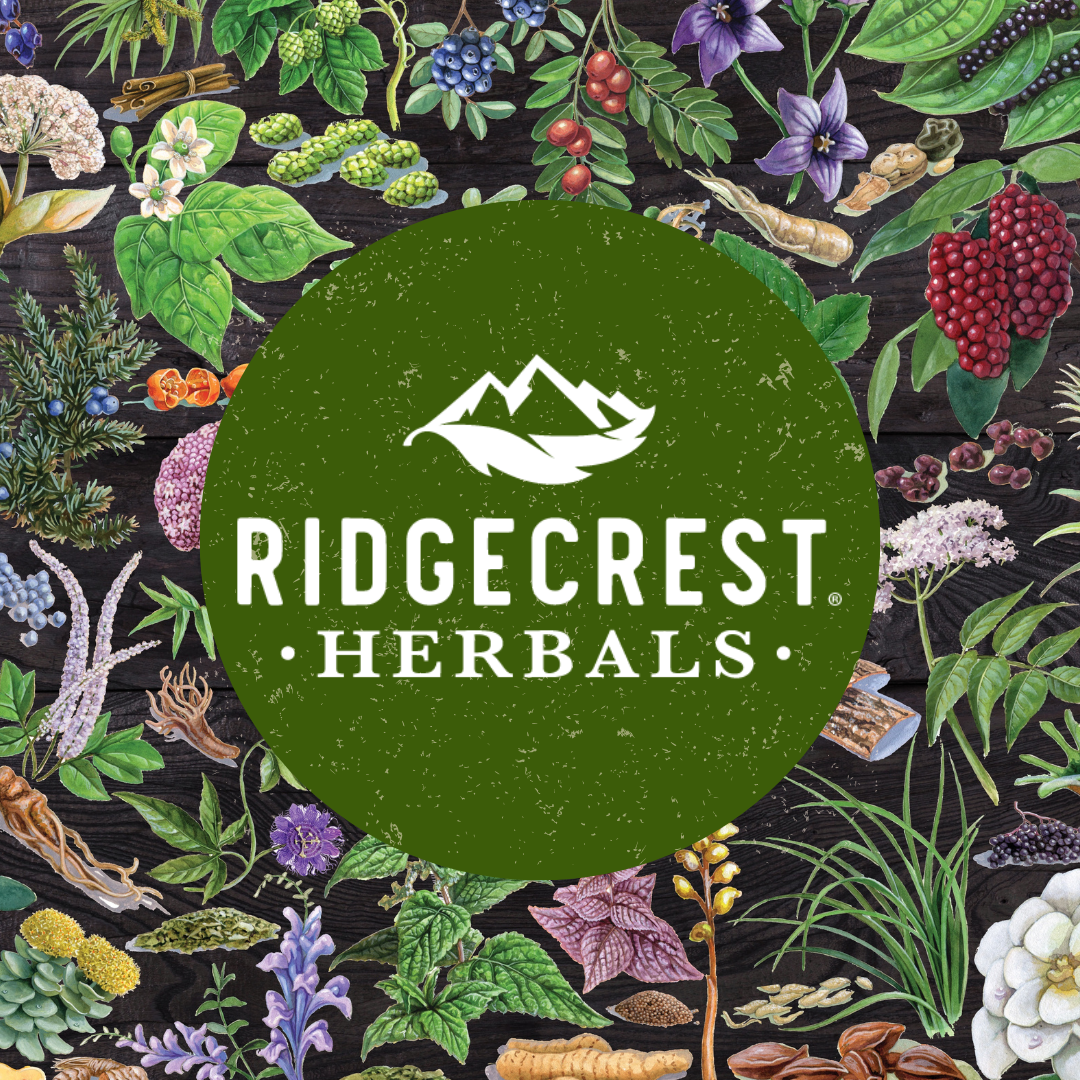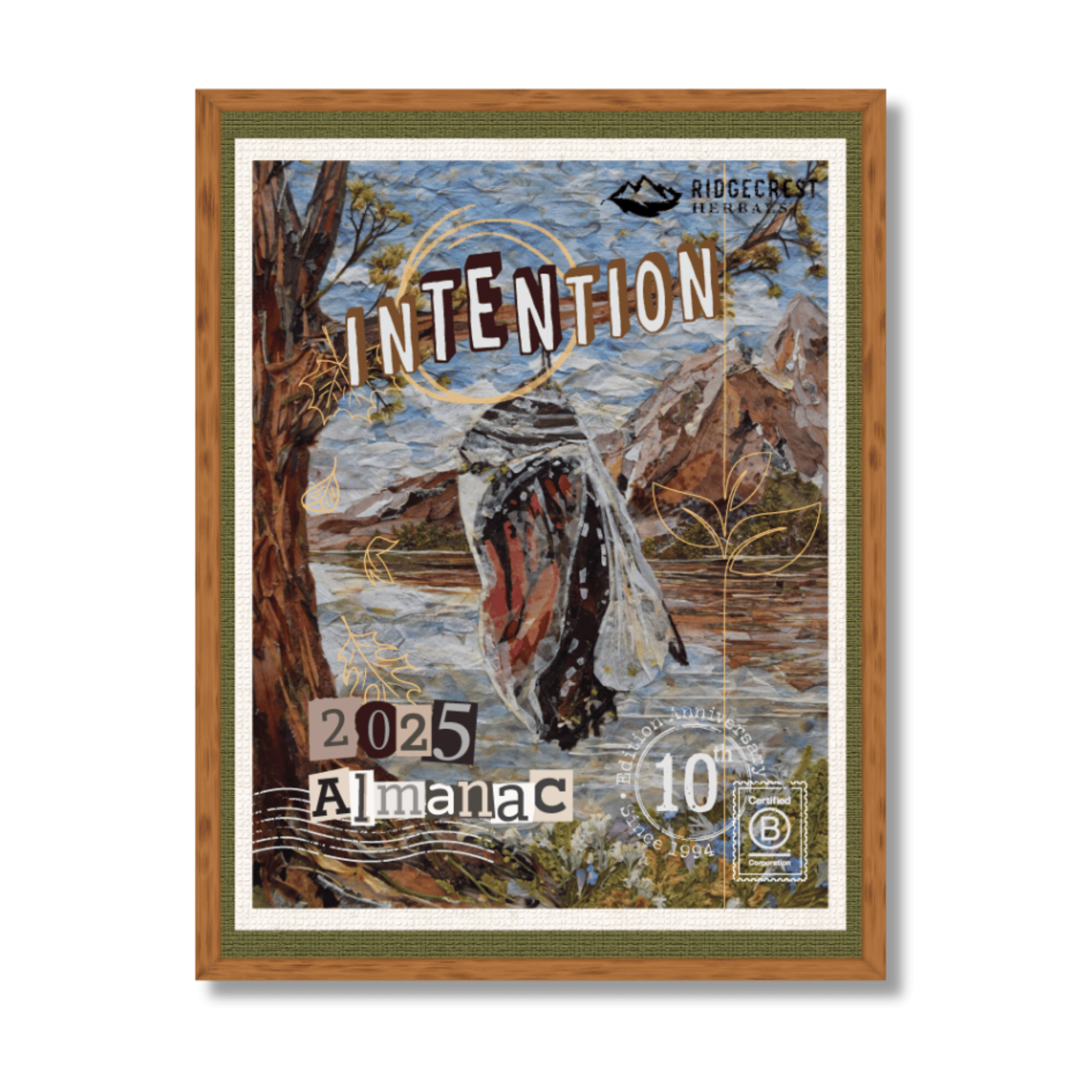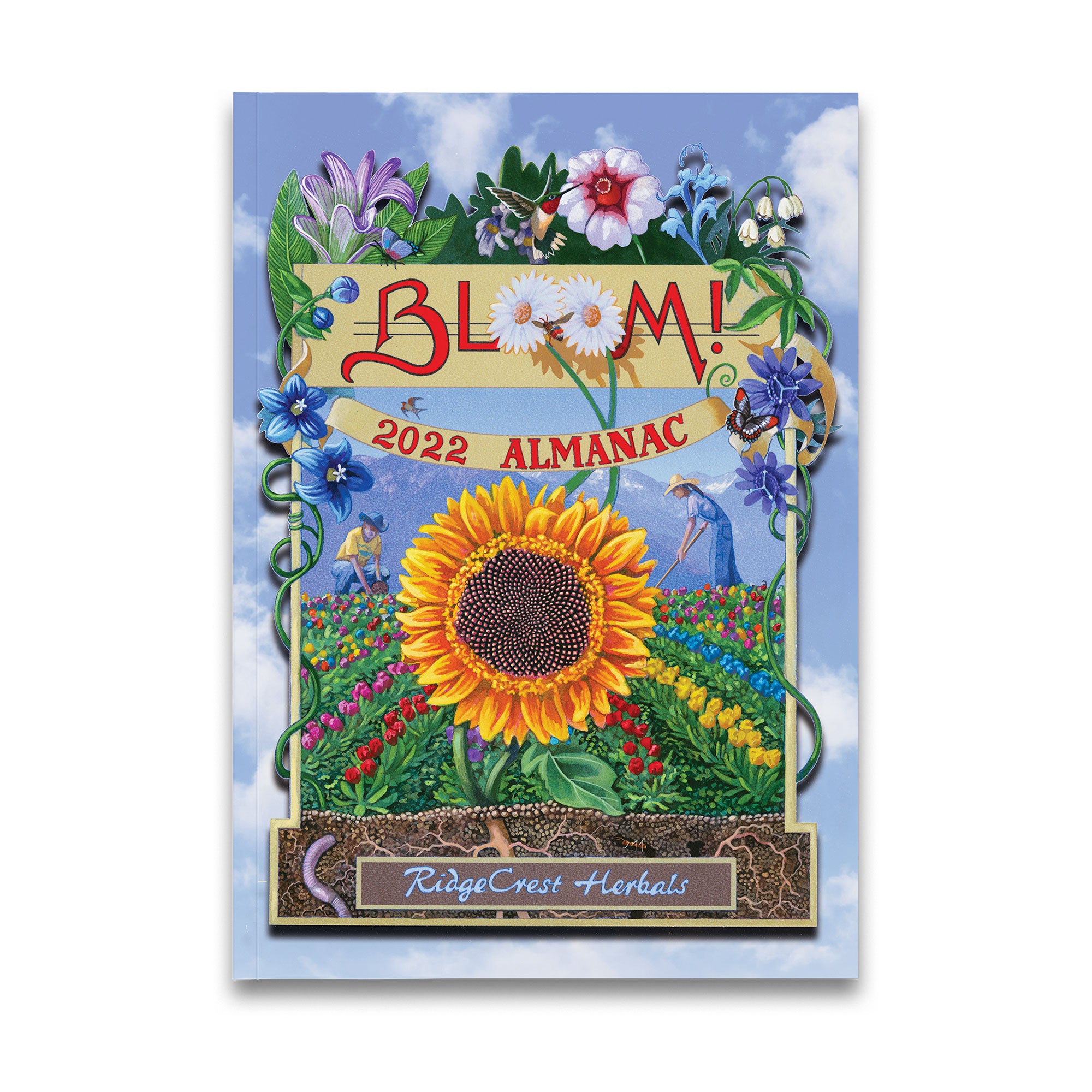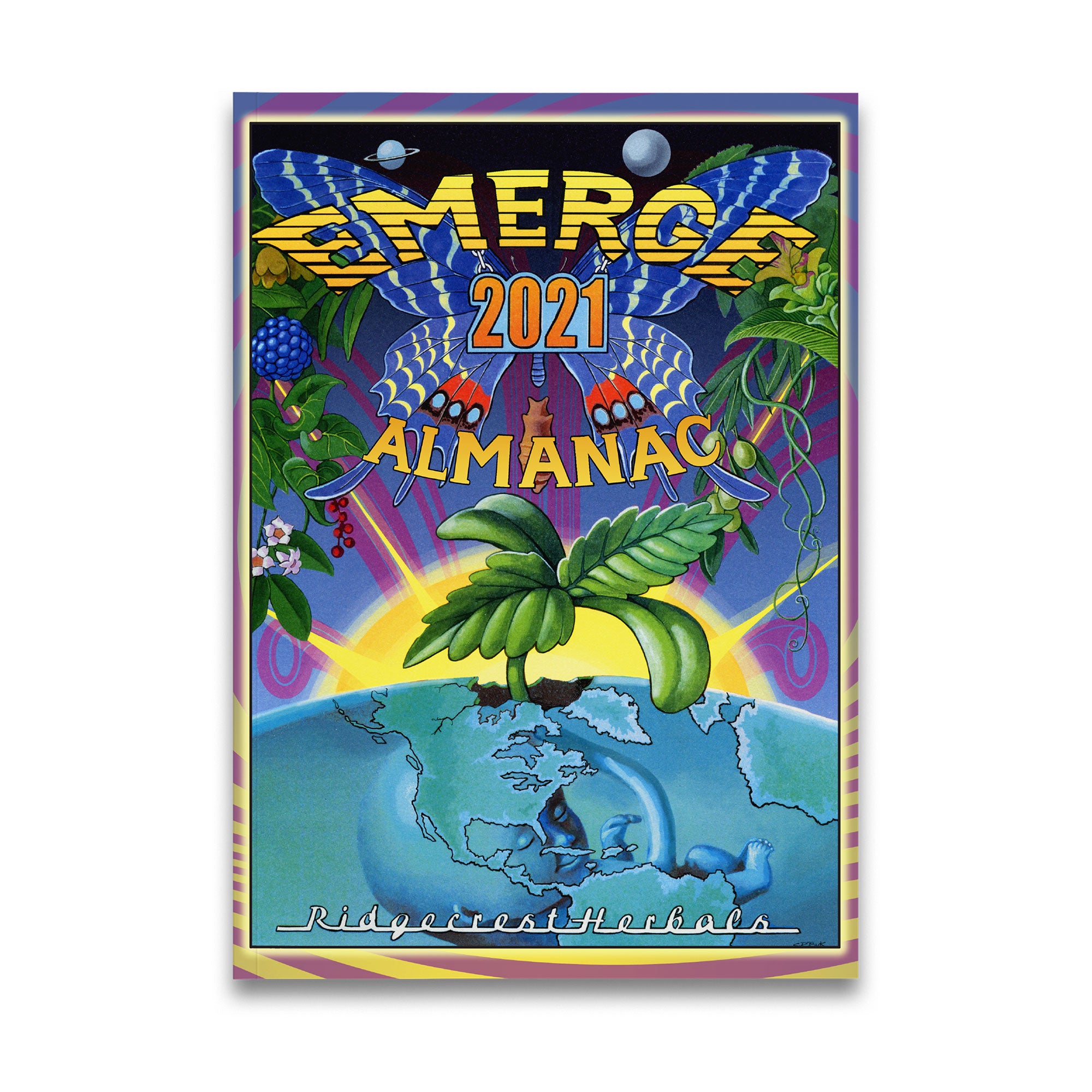Decoding the Plant: The 6 Parts Used in Herbalism and Their Benefits
Introduction: Unlock the Full Power of Plant Medicine
When you think of herbal remedies, you likely picture a leafy green or a bright flower. But the truth is, a medicinal plant is a natural pharmacy, and every single part, from the root deep in the soil to the smallest seed, contains unique therapeutic compounds.
Understanding which part of the plant to use, and why, is the fundamental secret to effective herbalism. Our quick guide breaks down the six core parts of a medicinal plant, along with the specific reasons and benefits for their use.
1. Roots & Rhizomes: The Foundation of Potency
-
What They Are: Roots anchor the plant and absorb nutrients. Rhizomes are modified, horizontal stems (like ginger) that store food and compounds.
-
When to Use: Typically harvested in the late fall or early spring, when the plant's energy has retreated from the leaves/flowers and is concentrated below ground.
-
Specific Benefits/Reasons:
- Storage Hub: They contain the highest concentrations of alkaloids, starches, and minerals, often used for long-term, deep healing.
- Examples: Echinacea (immune support), Ashwagandha (stress adaptation), Ginger (digestion).
2. Stems & Bark: Structure and Protection
-
What They Are: The stem provides structure, while the bark is the outer, protective layer of trees and woody shrubs.
-
When to Use: Best harvested from older branches during the plant's dormant season (winter or late fall), when the sap is minimal, and the protective compounds are concentrated in the bark.
-
Specific Benefits/Reasons:
- Astringency & Support: Bark often contains tannins (used to tighten tissues) and potent anti-inflammatories.
- Examples: Cinnamon bark (blood sugar support, antioxidant), Wild Cherry bark (cough suppressant), Willow bark (pain relief, due to salicin).
3. Leaves: The Solar-Powered Factory
-
What They Are: The primary site of photosynthesis, where the plant converts light into energy.
-
When to Use: Best harvested during the mid- to late-growing season, typically before the plant flowers, when the leaves are vibrant, and the plant's metabolism is at its peak.
-
Specific Benefits/Reasons:
- Nutrient-Rich: Leaves are packed with vitamins, chlorophyll, and volatile oils (essential oils).
- Examples: Peppermint (digestion, essential oils), Nettle (minerals, allergies), Plantain (anti-inflammatory, wound healing).
4. Flowers: The Aromatic & Calming Element
-
What They Are: The reproductive part of the plant, often vibrant and highly aromatic.
-
When to Use: Harvested when fully opened but before they fade, typically in mid-summer, this is when they contain the highest concentration of fragrance and potent oils.
-
Specific Benefits/Reasons:
- Calming & Antispasmodic: Flowers are often used for their gentle, nervous-system-soothing properties.
- Examples: Chamomile (calming, sleep), Lavender (stress relief, antiseptic), Arnica (external use for bruising).
5. Fruits & Berries: The Sweet Protection
-
What They Are: The mature, ripened ovary of the flower, often housing the seeds.
-
When to Use: Harvested when fully ripe, typically in the late summer or fall.
-
Specific Benefits/Reasons:
- Antioxidant Power: Fruits and berries are rich in Vitamin C, bioflavonoids, and antioxidants that protect the body from free radicals.
- Examples: Elderberry (immune boosting), Rose Hips (Vitamin C), Hawthorn berry (cardiovascular health).
6. Seeds: Miniature Powerhouses
-
What They Are: The reproductive material, providing everything needed to grow a new plant.
-
When to Use: Harvested when thoroughly dried and mature, typically in the fall after the fruit has ripened or dried.
-
Specific Benefits/Reasons:
- High Fat & Oil Content: Seeds often contain beneficial fatty acids and concentrated nutrients.
- Examples: Flaxseed (Omega-3s, fiber), Fennel seed (digestion), Cardamom (aromatic spice, digestive aid).
Your Next Step in Herbal Mastery
Whether you are harvesting the deep, potent roots in the fall or the light, airy flowers in the summer, understanding the lifecycle and structure of a medicinal plant is key to harnessing its full potential.
By recognizing that each of the six parts, root, stem, leaf, flower, fruit, and seed, offers distinct benefits and requires specific timing for harvest, you can move from a casual observer to an effective herbal practitioner. This knowledge is the difference between an ineffective remedy and an authentic healing experience.
Start applying this wisdom today! When you approach a plant, ask yourself: Where is the energy concentrated? What is this part's primary function? Answering these questions will deepen your connection to herbalism and elevate your practice.









Leave a comment
All comments are moderated before being published.
This site is protected by hCaptcha and the hCaptcha Privacy Policy and Terms of Service apply.